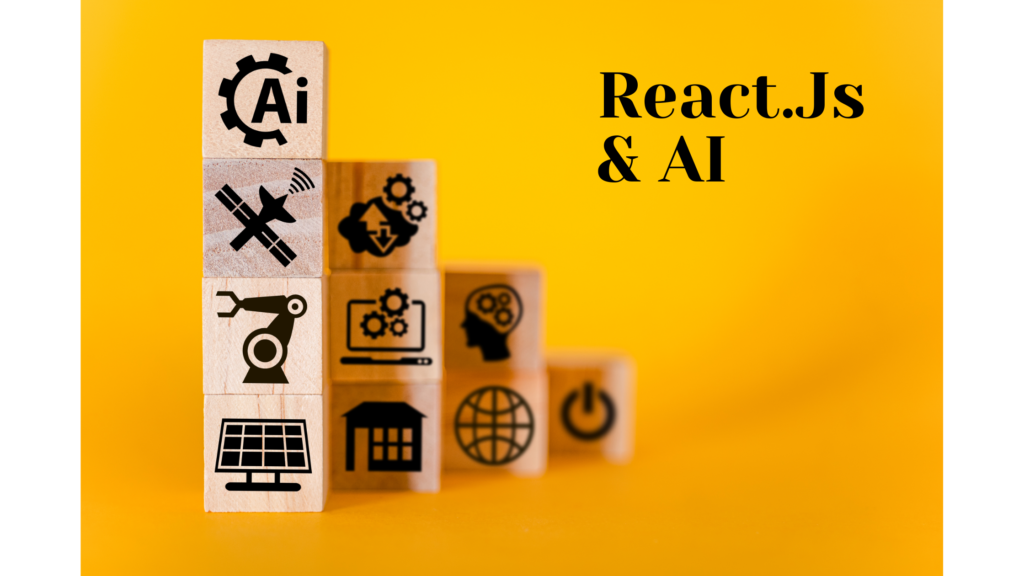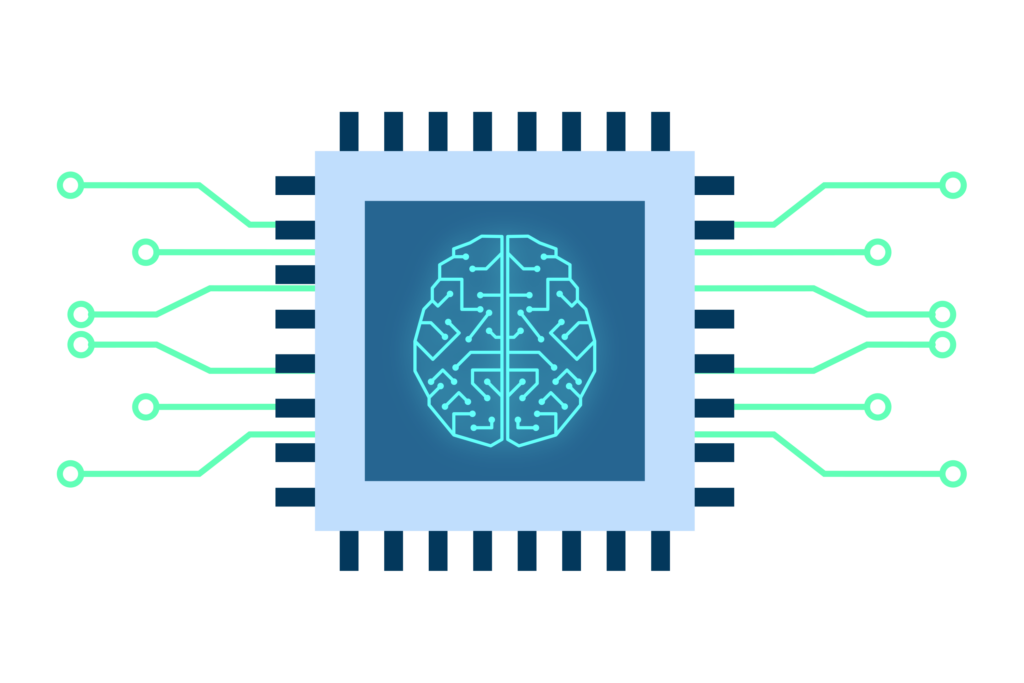Mastering 3 Artificial Intelligence libraries for React: A Comprehensive Guide
Greetings, my fellow programmers! Are you prepared to elevate your React.js projects to a higher standard by incorporating the potential of Artificial Intelligence (AI)? If you’ve been eager to improve your skills in web development and design more intelligent, intuitive applications, you’ve come to the correct location! Within this extensive manual, I will guide you through all the essentials for becoming proficient in Artificial Intelligence libraries for React.js. Therefore, get ready and let’s delve into the journey!

Unveiling the Potential: Synthesis of React.js and AI
You’ve been informed about the excitement revolving around AI-driven programs and you’re interested to discover how you can utilize this advanced technology in your React.js endeavors. Lucky for you! Combining Artificial Intelligence libraries for React.js projects unlock a plethora of opportunities, from improving user interactions to streamlining efficiency and beyond.
Unlocking the Potential Power: AI-Enhanced React.js Apps
Picture constructing React.js apps that are capable of comprehending user actions, generating insightful forecasts, and adjusting instantly. This is the influence of AI! By utilizing machine learning algorithms and neural networks, you have the ability to develop apps that gain knowledge from information, enhance gradually, and offer tailored interactions in a way that was previously inconceivable.
Are you prepared to begin delving into the world of React.js development with AI?
Let’s explore the intricacies of incorporating Artificial Intelligence libraries for React.js your projects. Follow these crucial steps to ensure you are on the right path:
Selecting the Appropriate Tools: Utilizing the correct tools and libraries is essential when integrating AI into your React.js projects. Look for AI frameworks and libraries that work seamlessly with React.js, such as TensorFlow.js or Brain.js.
Grasping the Fundamentals: Prior to immersing yourself in AI-powered development, it is crucial to have a solid understanding of machine learning, deep learning, and neural networks. Familiarize yourself with key concepts and terminology to facilitate the learning process.
Starting Small: Just like Rome wasn’t built in a day, AI-powered React.js applications take time to develop. Begin with small, manageable projects and gradually increase the complexity as you gain confidence and expertise. Remember, progress is made with each step forward!
Enhancing Your Projects: Boosting React.js with Artificial Intelligence
After mastering the basics, it’s time to elevate your React.js projects by integrating artificial intelligence. Explore these advanced techniques:
Natural Language Processing (NLP): Incorporate NLP functionalities into your React.js applications to analyze and comprehend user-generated content, such as text inputs or comments. Utilize tools like Natural or SpaCy to process and extract valuable insights from text data.

Visual Recognition: Take your projects to the next level with visual recognition capabilities. By harnessing AI-powered visual recognition, you can create React.js components that can detect objects, faces, or patterns in images, unlocking endless possibilities for visual applications.

Predictive Analysis: Harness the potential of predictive analysis to predict user behavior and deliver personalized suggestions. Train machine learning models using past data to make insightful forecasts about user preferences, resulting in a more personalized user experience.
Discovering the Toolbox: Artificial Intelligence Libraries for React.js
When it comes to incorporating Artificial Intelligence libraries for React.js in your React.js projects, having the appropriate libraries and frameworks readily available is crucial. Here are some top-tier libraries to explore:
TensorFlow.js: Considered a potent library for training and deploying machine learning models right in the browser, TensorFlow.js allows you to create AI-driven React.js applications that smoothly operate on various devices, including desktops and mobile devices.
Brain.js: With its versatility and user-friendly interface, Brain.js is an ideal library for constructing neural networks in JavaScript. This tool enables you to design custom neural network structures tailored to your specific needs, whether it involves image recognition, natural language processing, or predictive analytics.
ML5.js: Designed as a high-level JavaScript library, ML5.js simplifies the process of implementing machine learning for developers. By seamlessly integrating pre-trained machine learning models into your React.js projects, ML5.js allows you to concentrate on crafting captivating user interactions without becoming overwhelmed by technical intricacies.
Constructing Your Arsenal: React.js AI Structures
Apart from collections, there are also numerous AI structures specifically crafted for incorporating AI into React.js applications. Below are a couple of remarkable ones to investigate:
Cerebral: Cerebral is a compact neural network structure for Node.js and the browser. Through Cerebral, you can effortlessly construct and teach neural networks for a variety of duties, from categorization to regression.
Deepmind.js: Deepmind.js is a public hardware-enhanced JavaScript structure for educating and deploying machine learning models in the browser. With Deepmind.js, you can capitalize on GPU acceleration to construct high-performance AI-fueled React.js applications.
Bringing It All Together: React.js Artificial Intelligence Implementation Techniques
Now that you possess a firm grasp of the tools, methods, and libraries at your disposal, it’s time to combine everything and commence constructing! Here are some suggestions for successful Artificial Intelligence libraries for React.js:
Experiment and Iterate: Do not hesitate to test out various AI methods and strategies. Constructing AI-driven React.js applications is an amalgamation of creativity and precision, so welcome the iterative approach and gain insights from your accomplishments and setbacks along the journey.
Remain Inquisitive: The domain of AI is continually progressing, with new advancements and breakthroughs occurring frequently. Stay curious and stay informed about the newest advancements to guarantee that your React.js ventures stay at the forefront and pioneering.
Cooperate and Share: Do not be hesitant to connect with the developer community for assistance and direction. Whether it’s participating in online discussions, joining gatherings, or collaborating on open-source initiatives, there exists a plethora of knowledge and expertise waiting to be tapped into.
And behold, dear readers! An extensive manual for becoming proficient in combining React.js with Artificial Intelligence. I trust you discovered this manual to be useful and motivating as you begin your quest to create more intelligent, intuitive React.js applications using . Keep in mind, the sky’s the limit when it comes to your imagination!

